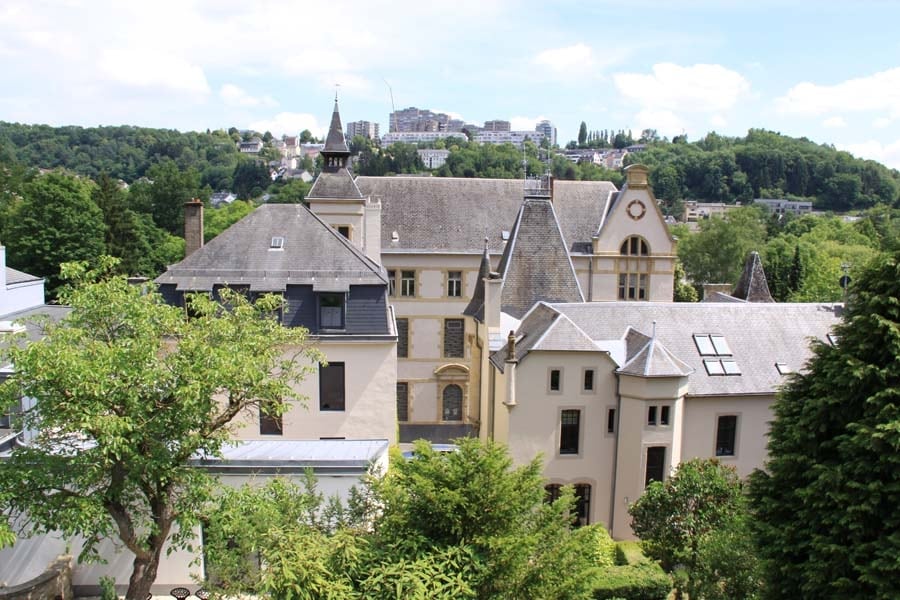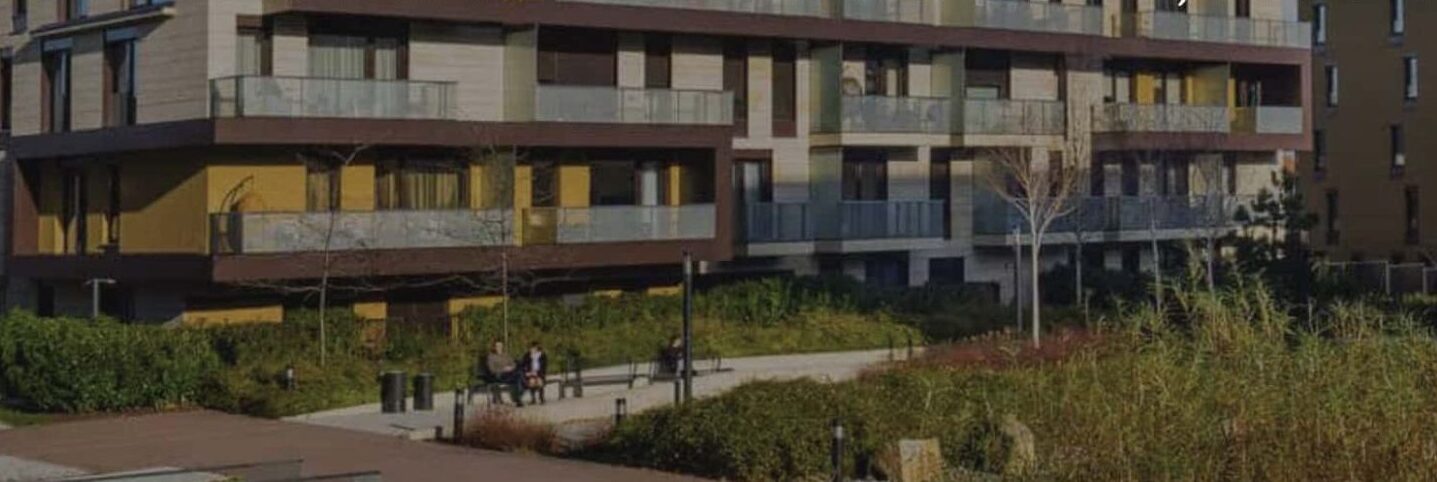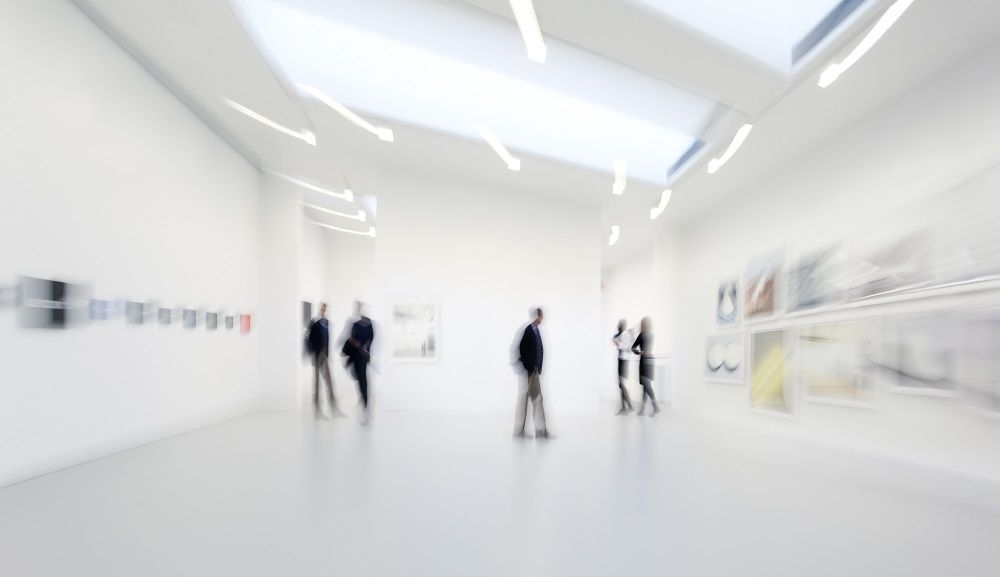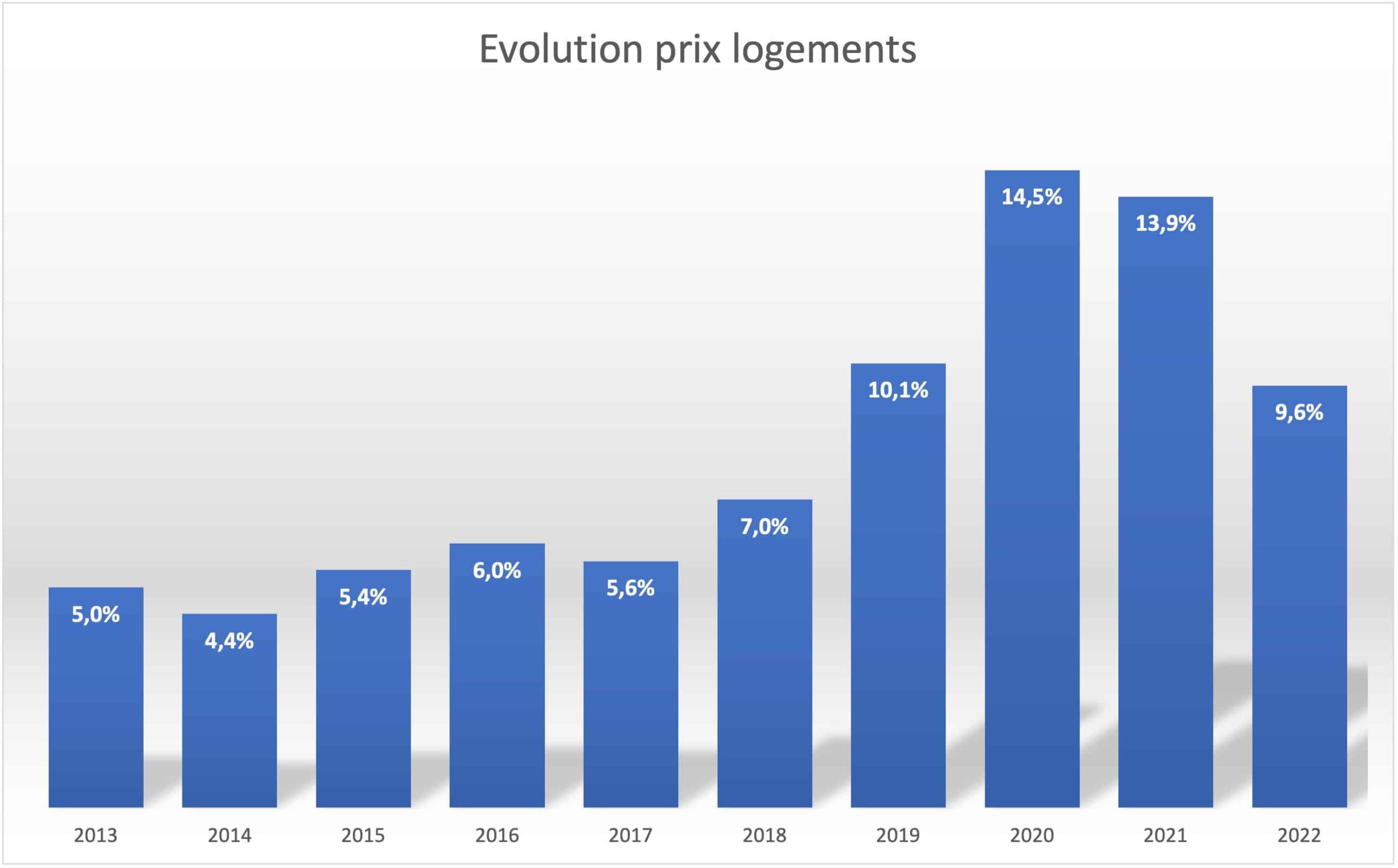Located in the northeast of Luxembourg City, Eich is one of the smallest districts in the Luxembourg capital and certainly one of the oldest.
Eich borders the districts of Dommeldange, Beggen, Weimerskirch, Limpertsberg and Mühlenbach.
Population in Luxembourg's Eich district
| Gasperich district | Luxembourg City | |
|---|---|---|
| Number of inhabitants on January 1, 2023 | 2.913 | 132.778 |
| Number of different nationalities | 92 | 167 |
| % foreigners in total population | 72,2% | 70,8% |
Eich, a village-style district with heavy traffic
Mainly inhabited by a foreign community, this small 1 km2 district has a village or small-town feel. Some of the streets are very pleasant, despite heavy traffic on the main street, especially at rush hour.
The Eich district is separated from the Dommeldange district by the Alzette. To the east lies the Weimerskirch district, with Limpertsberg to the south. To the west lies the Kirchberg business district.
Originally, the commune of Eich also included the districts of Beggen, Dommeldange, Weimerskirch, Neudorf and Rollingergrund. Like the other districts, Eich became part of the commune of Luxembourg in 1920.
The Eich district bears witness to the country's industrial past. Eich represented the old iron and steel districts and was home to two blast furnaces belonging to Forges d'Eich Metz et Cie. The first blast furnace was built here by Auguste Metz in 1845. Cast-iron production lasted until 1966. Production of cast-iron objects ceased in 1975.
Today, the LCTO (Luxembourg City Tourist Office ) tour of the former commune of Eich allows you to revisit this cradle of the steel industry.
Amenities in Luxembourg's Eich district
Schools and education in the Eich district
There's a basic school in Eich and childcare facilities .
The Institut Emile Metz general high school was founded here in 1915, and today welcomes general high school students in a private establishment. It was previously a training center for the steel industry.
Transport / buses in the Eich district
Bus routes 8, 11, 21, 23, CN4 serve the Eich district with 9 bus stops.
Dommeldange railway station is also nearby.
Hospitals in the Eich district
Today, the area is home to the CHL d'Eich clinic, renowned for its sports medicine.
Leisure activities in the Luxembourg-Eich district
As far as recreation areas are concerned, Eich is close to the Bambesch Forest and the Eecherfeld, two very pleasant places to walk.
The Eich district is home to several playgrounds. For sports enthusiasts, there's a ball court and 2 gymnasiums.
Eich also has a cultural center.
Living in Luxembourg's Eich district
Eich is a neighborhood with a sloping topography. The valley floor includes part of the ARBED site (the former Dommeldange steelworks). The top of the district culminates at Montée Pilate, from where the homes enjoy a beautiful view.
The Eich area offers a residential, family-style living environment in Luxembourg. Its proximity to the Kirchberg business district makes it a very attractive place to live for working people.
Traffic in Eich is very dense. Its main arteries are very congested at peak times. It is one of the major routes to the north of the country. The ARBED sites offer significant development potential.
The neighborhood is undergoing a transformation as far as housing is concerned. The old single-family dwellings from the turn of the century are gradually giving way to new multi-family buildings.
| Price per m2 for sale | Rental price per m2 |
|---|---|
| 10,153 euros | 32.40 euros |
| Down 9.25% year-on-year | Up 3.15% year-on-year |
| Luxembourg City comparison: 12,056 euros/m2 | Center region comparison: 30.53 euros/m2 |
Want to find out more about property prices and the Luxembourg real estate market? Follow this link









